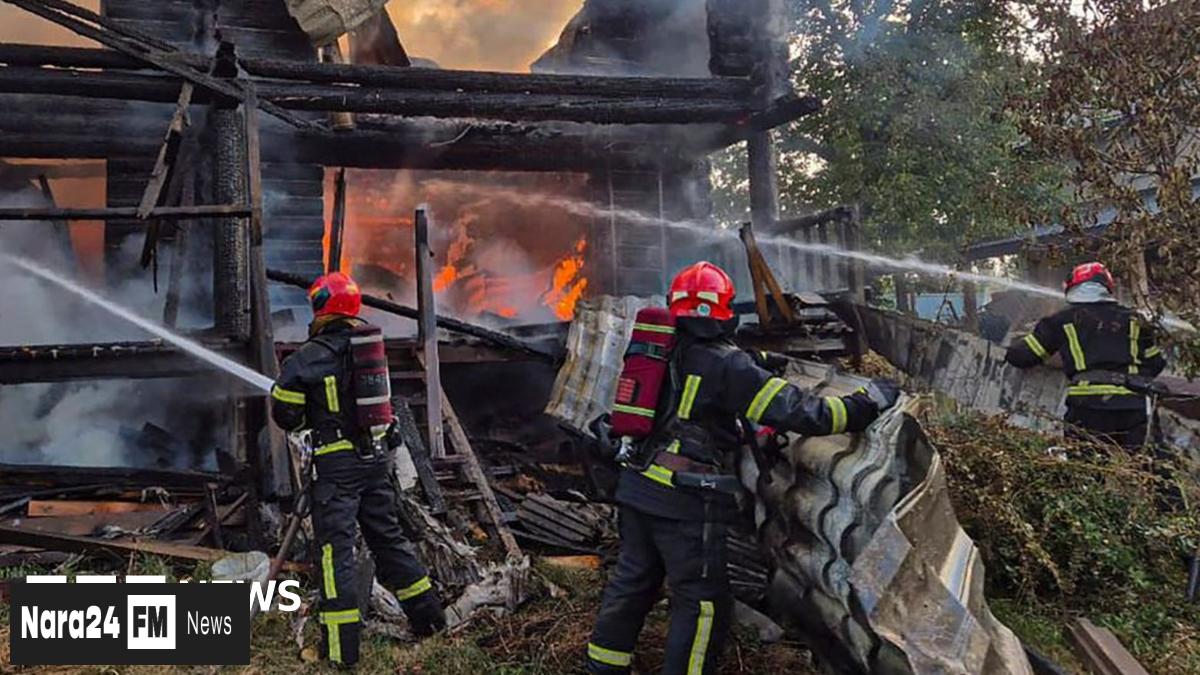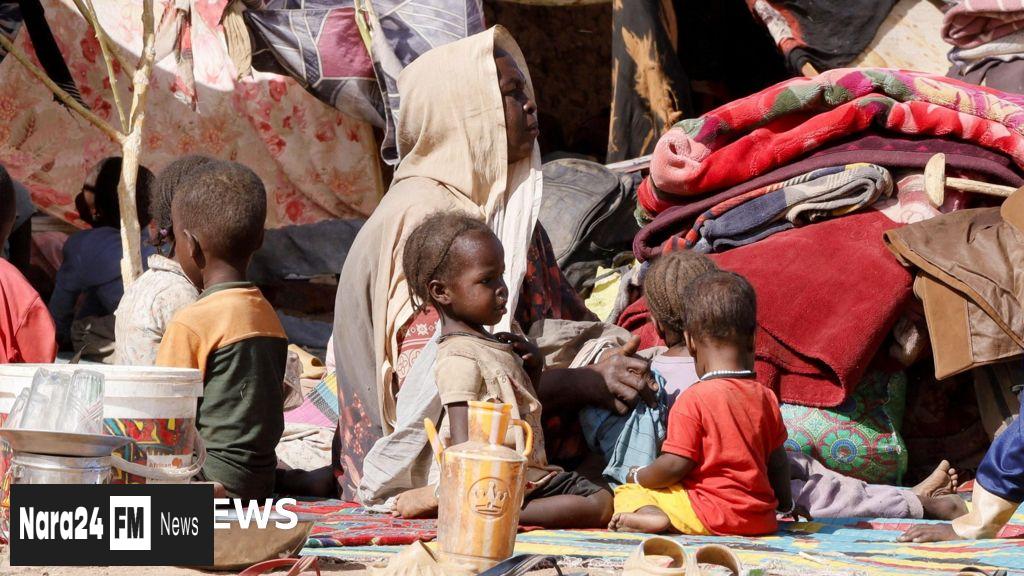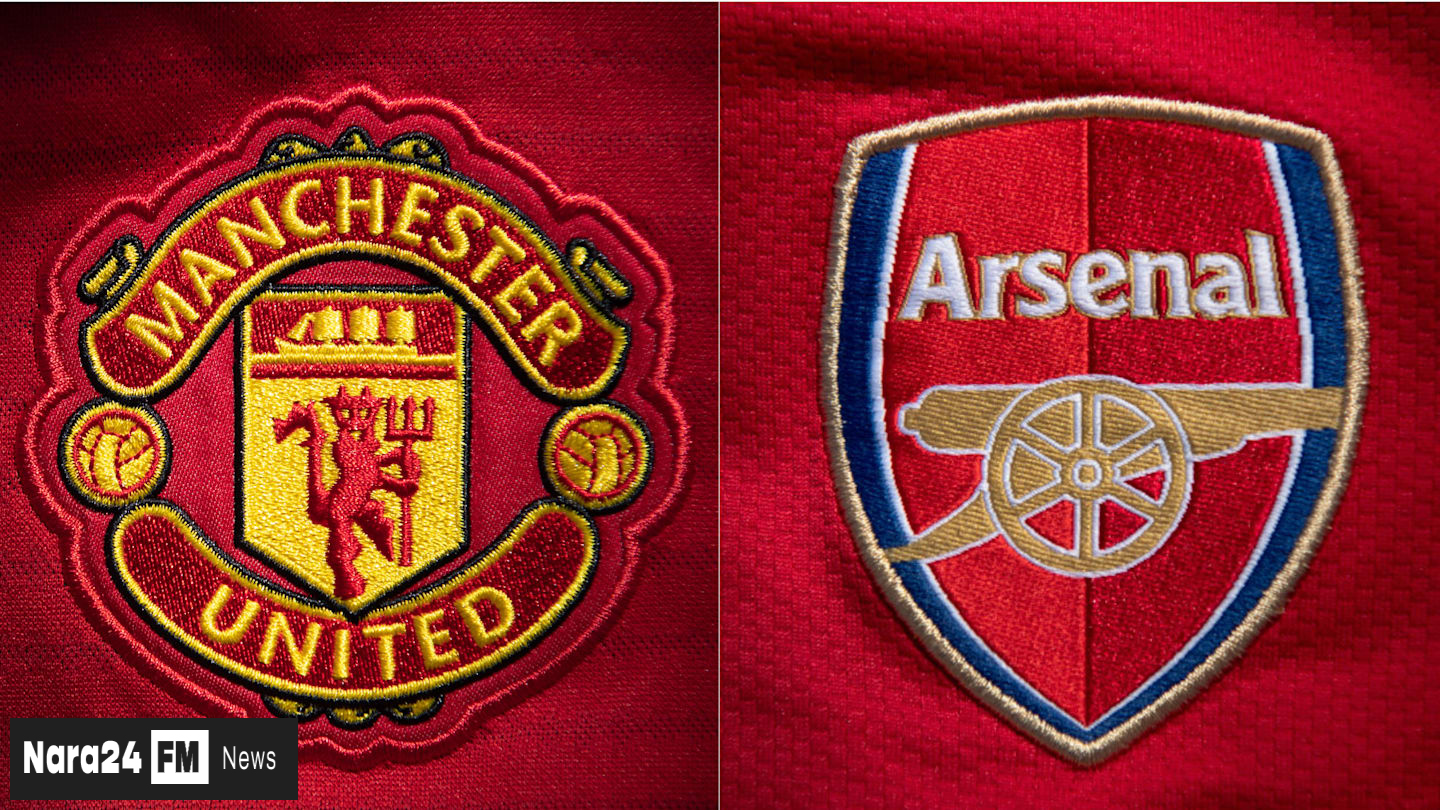At 08:15 on August 6, 1945, Lee Jung-soon, now 88, was walking to elementary school in Hiroshima when the world changed forever. "I remember crying nonstop," she said, describing the chaos as her father urgently urged her family to flee. The blast, equivalent to 15,000 tons of TNT, left a city of 420,000 people in ruins, with victims' bodies reduced to "only their eyes visible," as she recalled.
While the global narrative of Hiroshima and Nagasaki often centers on Japanese experiences, approximately 20% of the immediate victims were Koreans. During Japan's 35-year colonial rule, an estimated 140,000 Koreans lived in Hiroshima, many displaced by forced labor or economic hardship. Survivors like Lee and Shim Jin-tae, 83, now reside in Hapcheon, South Korea—a town dubbed "Korea's Hiroshima" for its large population of bomb survivors.
Shim, a member of the Korean Atomic Bomb Victims Association, emphasized the lack of accountability. "No one takes responsibility," he said, criticizing the U.S., Japan, and South Korea for ignoring their plight. The trauma extended beyond the initial blast: Koreans, already marginalized under colonial rule, faced hazardous post-war cleanup tasks, including collecting corpses with dustpans and burning them in schoolyards.
Health impacts persist. Lee suffers from skin cancer, Parkinson’s, and angina, while her son, Ho-chang, battles kidney failure linked to radiation exposure. "Who can prove it?" he questioned, highlighting the challenges of verifying intergenerational effects. South Korea’s Ministry of Health and Welfare is conducting genetic studies until 2029, but compensation for descendants remains conditional on statistical significance.
Upon returning home after the war, survivors were met with stigma. "We were seen as cursed," said Lee, reflecting on the prejudice faced by Koreans in Hapcheon. Despite their sacrifices, the legacy of Hiroshima continues to haunt them, a testament to the enduring scars of history and the struggle for recognition.







Comments (0)
Leave a Comment
Be the first to comment on this article!